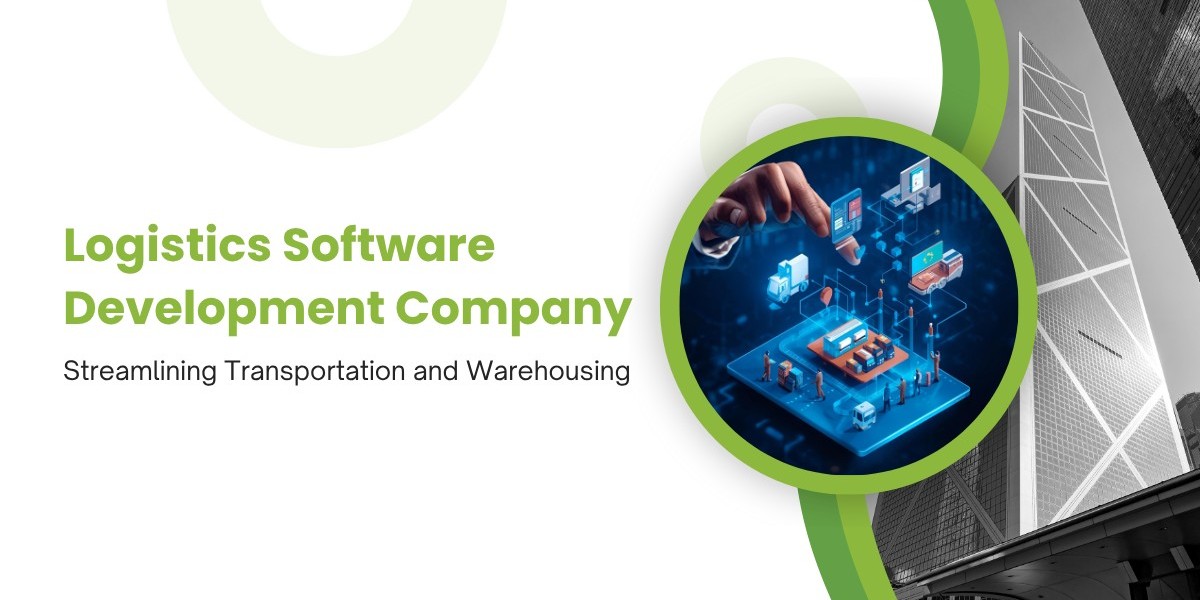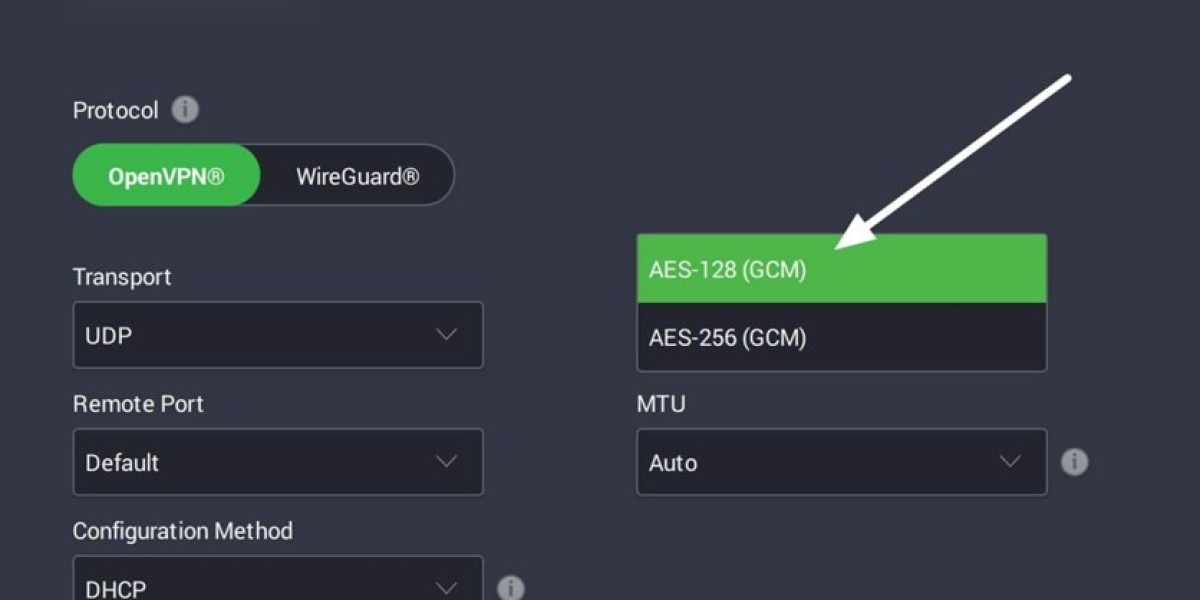In today’s global economy, efficient logistics operations are not optional—they are essential. Businesses that manage large volumes of goods must rely on software systems to reduce delays, cut costs, and improve service. That is where a Logistics Software Development Company plays a key role.
Understanding Logistics Software Development
What is Logistics Software?
Logistics software refers to digital systems that plan, execute, and monitor supply chain activities. This includes transportation, warehousing, order processing, inventory, and even compliance tracking.
Such systems often interact with:
GPS and telematics
Barcode and RFID scanners
ERP and CRM platforms
IoT sensors and automation equipment
A Logistics Software Development Company designs software that integrates with these tools to make operations smoother and data-driven.
Core Functions of Logistics Software
Here are the primary features that most logistics systems include:
Transportation Management Systems (TMS): Route planning, load optimization, and carrier integration.
Warehouse Management Systems (WMS): Inventory tracking, space allocation, order picking, and labor control.
Fleet Management: Vehicle tracking, maintenance scheduling, fuel tracking.
Order Management: Order capture, validation, dispatching, and customer notifications.
Analytics and Reporting: Real-time dashboards, historical data, performance KPIs.
Role of a Logistics Software Development Company
1. Custom Solutions vs. Off-the-Shelf
Off-the-shelf logistics platforms often lack the flexibility large businesses require. A Logistics Software Development Company builds custom software tailored to:
Industry-specific workflows
Region-specific regulations
Unique product types (perishable, fragile, hazardous)
Legacy system integration
This customization improves performance and lowers operational risk.
2. Full Lifecycle Development
A technical logistics software team handles the full development cycle:
Requirement Analysis
System Design and Architecture
Backend and Frontend Development
API Integrations
Security and Compliance Setup
Testing and QA
Deployment and Maintenance
By controlling the entire process, the development company ensures that all modules work together efficiently.
Technical Architecture of Logistics Software
1. Modular Design
Most logistics platforms use a modular architecture. Each module handles a specific function like tracking, billing, or reporting. This makes the system easier to scale and maintain.
2. Microservices and APIs
Modern logistics systems are often built on microservices. These allow different parts of the system to scale independently. For example:
Route optimization can run on one service
Inventory sync runs on another
Real-time tracking uses its own instance
APIs link these services with external tools like third-party carriers or ERP systems.
3. Cloud-Based Deployment
Many logistics platforms are now hosted on the cloud. This offers:
Scalability during peak operations
Remote access for distributed teams
Lower infrastructure costs
Easier backup and disaster recovery
Platforms like AWS, Azure, and Google Cloud are commonly used.
Transportation Management Systems (TMS)
1. Features of a TMS
Route planning based on distance, tolls, and traffic
Load optimization using weight and volume constraints
Carrier rate comparison
Shipment tracking with real-time GPS data
Proof of delivery via mobile apps or barcode scan
2. Real-World Example
A retail company with over 1,000 daily shipments implemented a custom TMS. After integration:
Delivery time was reduced by 18%
Fuel usage dropped by 12%
Missed deliveries declined by 22%
This improvement was made possible through automated route selection and real-time alerts.
Warehouse Management Systems (WMS)
1. Core Capabilities
A WMS supports warehouse activities such as:
Inventory location tracking
Automatic restocking triggers
Barcode scanning for inbound and outbound shipments
Real-time space utilization monitoring
Picking and packing workflows
2. System Integration
A Logistics Software Development Company builds WMS systems that connect to:
Conveyor belts
Pick-to-light systems
Drones and robots
Temperature and humidity sensors
These integrations allow the warehouse to operate with fewer human errors and faster throughput.
3. Stat Snapshot
A leading logistics firm introduced a smart WMS across its 20 warehouses. Within 6 months:
Picking accuracy improved to 99.5%
Inventory reconciliation time reduced by 40%
Warehouse labor costs went down by 15%
Fleet and Vehicle Management
1. GPS and Telematics Integration
Fleet software integrates with GPS devices to monitor:
Vehicle speed and location
Fuel consumption
Idle time
Maintenance requirements
This data is visualized in dashboards for fleet managers.
2. Predictive Maintenance
Using data from vehicle sensors, software can forecast failures. This helps reduce breakdowns during delivery, which can be costly and damage the brand's reputation.
Case Example
A delivery company with 300 vehicles added predictive maintenance alerts. Over one year:
Breakdowns reduced by 35%
Maintenance costs fell by 20%
Average delivery delays dropped by 25%
Analytics and Reporting
1. Real-Time Dashboards
Logistics software provides real-time metrics on:
Order status
Fleet availability
Delivery performance
Inventory levels
These dashboards help managers take quick action if performance drops.
2. Historical Data Analysis
Past trends guide future decisions. For example:
High return rates in a region may indicate delivery issues
Low storage turnover may suggest overstock
A Logistics Software Development Company adds tools that allow data to be filtered, compared, and visualized.
Technical Challenges in Logistics Software Development
1. Real-Time Data Processing
Logistics systems often require real-time updates. Handling this level of processing needs:
Efficient data pipelines
Low-latency APIs
High-speed databases like Redis or Cassandra
2. System Integration
Legacy systems used by logistics firms can be hard to integrate. Developers use:
Middleware services
Custom adapters
Data sync schedulers
This ensures the new system works with existing tools.
3. Security and Compliance
Logistics systems store sensitive data—addresses, phone numbers, shipment details. To protect this data, companies must:
Encrypt data in transit and at rest
Use role-based access control
Implement audit trails for all actions
Compliance with GDPR, CCPA, and industry standards is a must.
Benefits of Custom Logistics Software Development
Benefit | Description |
Speed | Automates tasks like routing, tracking, and inventory checks |
Accuracy | Reduces human errors in order fulfillment and delivery |
Cost Savings | Optimized routes and inventory reduce excess spending |
Visibility | Real-time tracking of vehicles and shipments |
Scalability | Cloud-based solutions grow with the business |
Integration | Works with ERP, CRM, IoT, and other platforms |
Choosing the Right Logistics Software Development Company
What to Look For
Domain Expertise: Has the team worked on logistics projects before?
Technology Stack: Can they build scalable and secure systems using modern tools?
API Experience: Are they capable of integrating with your existing systems?
Post-Deployment Support: Do they offer maintenance, updates, and monitoring?
Security Standards: Can they handle sensitive data securely?
Questions to Ask
How do you handle real-time tracking features?
What cloud platforms do you recommend and why?
Can your system integrate with our ERP and CRM tools?
How do you support mobile applications for drivers?
Future Trends in Logistics Software Development
1. AI and Machine Learning
Machine learning helps forecast demand, improve routing, and detect delivery risks. Algorithms learn from past data to predict future patterns.
2. Blockchain
Used to ensure transparency and traceability in the supply chain. Smart contracts automate payments and proof of delivery.
3. IoT and Automation
IoT devices in trucks, pallets, and shelves provide live data. Automated systems in warehouses increase speed and reduce labor dependency.
4. Augmented Reality
AR tools assist warehouse staff with picking and sorting. AR glasses show directions and item locations in real time.
Conclusion
Logistics operations are becoming more complex and data-heavy. Off-the-shelf systems often fall short in meeting the demands of global supply chains. A Logistics Software Development Company plays a vital role in building customized, scalable, and secure platforms.
Through Logistics Software Development, businesses gain:
Better control over transport and storage
Reduced delivery delays
Real-time visibility into operations
Accurate forecasting and reporting
Companies that invest in strong logistics systems stay competitive and agile in a fast-moving market. A technical approach to software development is now central to success in transportation and warehousing.








